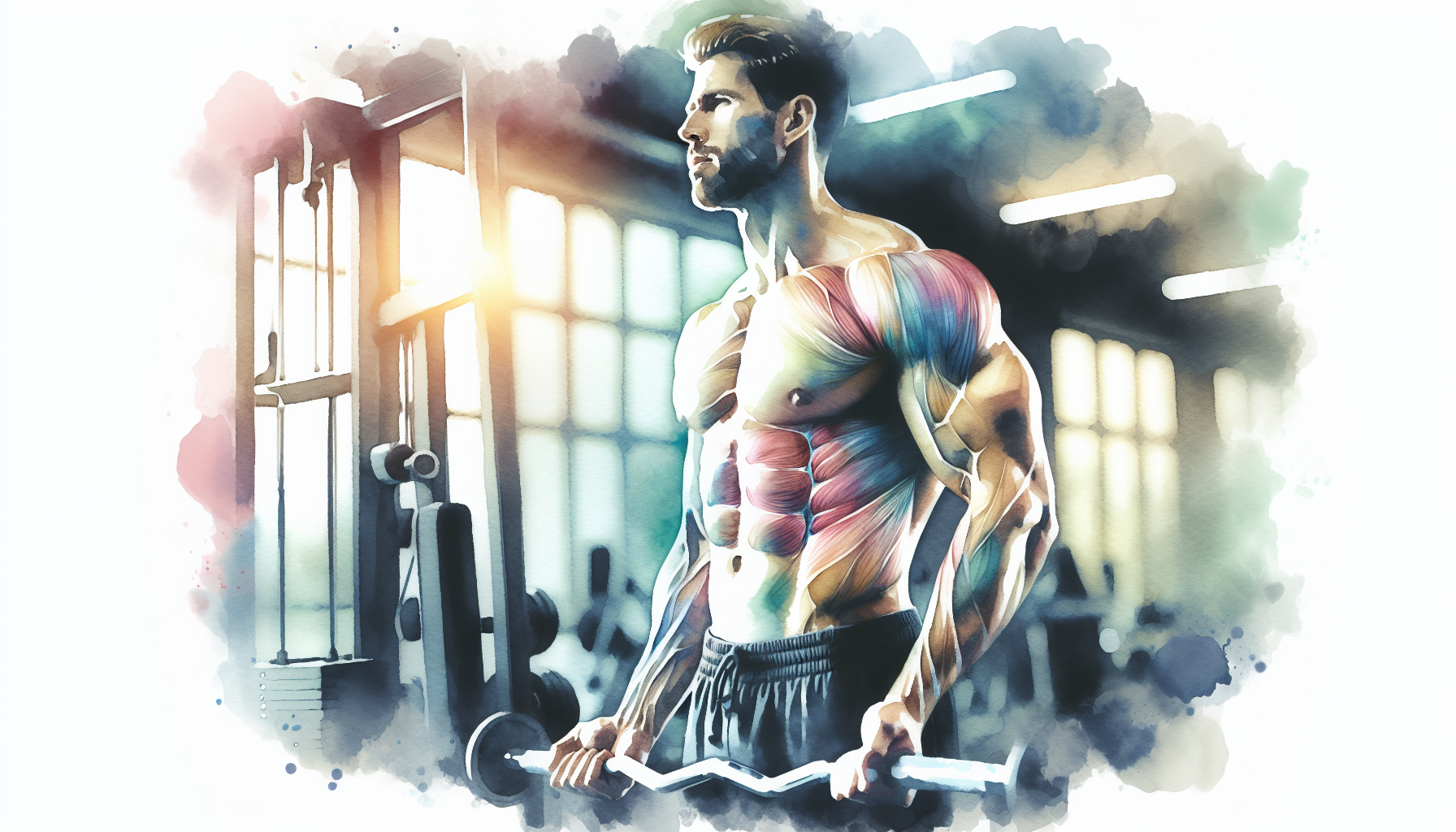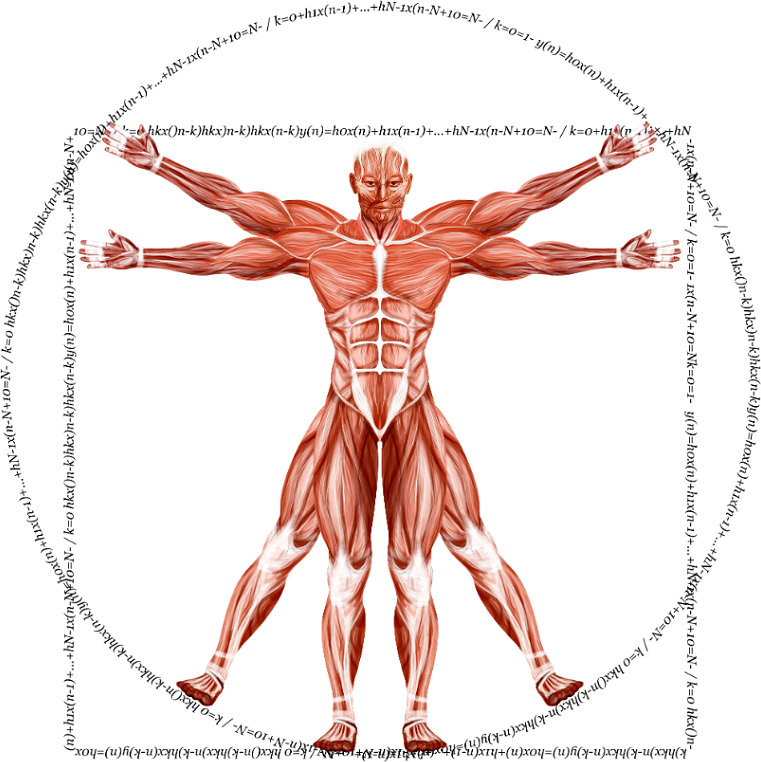Maximizing Hypertrophy: Unilateral vs Bilateral Exercises
Optimize your muscle growth and training results with the best strategy for hypertrophy—discover how combining unilateral and bilateral exercises can maximize strength, correct muscle imbalances, and prevent injuries.

Key Takeaways
- Hypertrophy refers to muscle growth brought on mainly by resistance training and proper nutrition.
- Unilateral exercises can improve balance, stability, and coordination, as well as help correct muscle imbalances.
- Bilateral exercises allow you to lift heavier loads and are crucial for overall muscle and strength development.
- Exercise selection matters: different movements activate muscles in different ways, so variety is important for balanced development.
- Training for symmetry involves targeting weaker areas, often using unilateral work to iron out imbalances.
Muscle growth, or hypertrophy, remains a cornerstone of strength training and athletic development.
Whether you’re an athlete, bodybuilder, or simply someone interested in improving physical performance, understanding how to build muscle efficiently can transform your approach to fitness.
True hypertrophy isn’t just about lifting heavier or training more frequently. Instead, it involves the combined effects of different exercise strategies and recovery methods, all contributing uniquely to the process of muscle development.
One pivotal discussion in the field of strength training centers on the roles of unilateral (single-limb) and bilateral (both-limb) exercises.
Both methods influence not just how muscle grows, but also how the body adapts in terms of balance, coordination, stability, and athletic capability.
Throughout this article, you’ll discover how blending both types of movement can optimize muscle imbalances, maximize strength, help prevent injury, and support you in designing a training program customized to your unique goals.
Benefits of Unilateral Exercises
Unilateral exercises involve working one side of the body at a time. This approach can yield significant benefits for strength development, core stability, and muscle coordination. A central advantage is the ability to address muscle imbalances that can arise between a person’s dominant and non-dominant sides—a common issue that can limit performance and heighten injury risk.
Incorporating movements like single-arm dumbbell presses or single-leg squats allows athletes to specifically target weaker muscles, leading to more balanced strength development across the body. In addition to correcting imbalances, unilateral movements heighten the activation of core and stabilizing muscles, as the body works to maintain balance and control during asymmetrical actions.
For example, a single-leg deadlift doesn’t just activate the hamstrings and glutes; it also requires substantial effort from various core muscles to keep the torso stabilized. This heightened demand can improve overall athletic control and ultimately transfer to better technique and performance in bilateral lifts.
Benefits of Bilateral Exercises
Bilateral exercises, such as the squat, deadlift, or bench press, work both sides of the body simultaneously. These foundational movements are widely used for their ability to generate greater overall strength and power. Thanks to simultaneous recruitment of multiple muscle groups, bilateral exercises let you lift heavier loads compared to single-limb movements, enabling a higher degree of muscular tension—a major driving force behind hypertrophy.
For athletes, increased loading encourages substantial gains in muscle mass and strength, contributing to greater overall athletic potential and the capacity for explosive movements required in many sports. Bilateral exercises also offer a practical advantage: they are time-efficient, enabling comprehensive training of several major muscle groups in one movement.
For instance, the barbell squat is not just a quadriceps exercise—it also activates the hamstrings, glutes, and core muscles. This compound nature makes bilateral work especially valuable for maximizing training efficiency and overall muscle growth.
Differences in Muscle Activation
The distinction between unilateral and bilateral exercises is about more than just “one side vs. both sides.” Research shows that unilateral movements often result in greater activation of stabilizing muscles. For instance, during a single-arm row, not only are the main working muscles engaged, but the core and shoulder stabilizers are called upon to maintain equilibrium and prevent unwanted rotation.
This additional stabilization can enhance overall muscle recruitment and make the body more resilient in everyday or athletic movements. On the other hand, bilateral exercises typically enable athletes to handle larger total loads, since both limbs work together, maximizing the mechanical tension on target muscles—the principal driver of hypertrophy.
Take the barbell bench press as an example: by engaging both arms, you can push significantly heavier weights than in a single-arm press, leading to more pronounced adaptations in muscle size and strength. Ultimately, both approaches offer mutually reinforcing benefits in muscle activation and overall development.
Training for Symmetry
Muscular symmetry is an aesthetic and functional objective pursued by many athletes and fitness enthusiasts. Unilateral exercises play a crucial part here, permitting focused work on each side of the body in isolation. By using exercises that highlight weaknesses or address existing imbalances, it’s possible to progress toward a more even and symmetrical physique.
For example, if you notice a strength gap between your left and right arms during pressing exercises, incorporating more single-arm work can help bridge that divide. Still, it’s essential to strike a balance—while unilateral training can correct weaknesses, bilateral exercises remain vital for overall development of strength and power.
A comprehensive program should include both approaches to promote symmetry as well as peak athletic performance. For instance, pairing single-leg deadlifts with conventional deadlifts targets both specific imbalances and broad power capacity, driving improvements in both areas.
Injury Prevention
Prevention of injury is paramount in any training regimen. Both unilateral and bilateral exercises have unique contributions here. Unilateral movements are especially effective for strengthening stabilizer muscles around the joints. For example, single-leg activities like lunges and step-ups challenge the muscles stabilizing the knees and hips, supporting joint alignment and dynamic control during demanding movements.
Bilateral exercises add value by allowing for safe loading—when performed with proper technique—and by building comprehensive strength across multiple joint systems. The combined employment of both types of movements, along with sound programming, drastically reduces the risk of common overuse injuries and helps ensure long-term progression in the gym or in sport.
It is worth emphasizing, however, that technique always matters—improper execution or excessive loading can make even the best exercises risky. The key is variety and balance, fostering resilience and well-rounded development.
Incorporating Both Types of Exercises
To fully realize the benefits of both unilateral and bilateral exercises, it’s essential to integrate them intentionally into your training plan. One effective approach is to alternate days that focus on unilateral movements with days dedicated to heavy bilateral lifts. For example, you might allocate one session to single-leg squats or lunges and another to conventional squats or deadlifts.
Alternatively, both exercise types can be featured within the same workout. In this approach, you might start with a heavy compound movement like the barbell squat (for overall strength) and follow it up with single-leg Romanian deadlifts (for targeted balance and stability work). This blended sequencing not only augments strength but also mitigates unaddressed weaknesses, ensuring more rounded muscular development.
Current consensus in strength training supports the strategic use of both, tailored to your own needs, goals, and areas of weakness. Such programming is increasingly preferred for maximizing progress over time.
Finding the Right Balance
Striking the correct balance between unilateral and bilateral exercise is vital for optimizing training results. The two modalities have distinct advantages, and the most effective programs are those that draw from both. Bilateral lifts build foundational strength and allow for the greatest total loading, while unilateral exercise addresses imbalances, boosts stability, and refines functional movement patterns.
What works best will vary depending on individual differences: goals, current fitness level, history of injuries, and specific muscle imbalances. Adopting a thoughtful, individualized plan ensures consistent progress and reduces both performance plateaus and injury risk.
A blended approach—rooted in current scientific evidence—enhances muscular development, supports long-term health, and lays the groundwork for high-level performance across sports and everyday life.
Finding Growth in the Details
Designing an effective muscle-building program always comes back to how well we address the subtleties of strength training—balancing load, movement variety, and individual needs.
For many lifters, one of the most persistent challenges is escaping plateaus or overcoming nagging muscle imbalances, even with years of experience.
Navigating between unilateral and bilateral exercises is a bit like steering a ship: both oars have to pull together, sometimes in sync, sometimes adjusting course, to move you forward efficiently.
A common misconception is that progressive overload simply means lifting heavier every session. In reality, the path to hypertrophy is more nuanced.
Integrating both unilateral and bilateral movements not only helps correct weaknesses and prevent overuse injuries but also reveals “hidden” benefits—like enhanced coordination and athletic resilience—that often go unnoticed in traditional programs. Sometimes, what feels like a minor tweak in your plan can profoundly improve your results over time.
If building muscle still feels complicated or overwhelming, know that you’re not alone—piecing together all the variables of a smart training routine can be a drain on motivation and progress.
Fortunately, some tools exist to take the guesswork out of program design. The Dr. Muscle app automates everything discussed in this article and much more, helping you track and optimize your muscle growth strategy, week after week.
Try it free
FAQ
What is hypertrophy?
Hypertrophy refers to an increase in muscle cell size, resulting in visible muscle growth. Achieving hypertrophy is a major goal in resistance-training programs, supported by appropriate nutrition and, in particular, sufficient protein intake. Current scientific consensus indicates that to maximize muscle gain, adults should aim for around 1.6–2.2 grams of protein per kilogram of bodyweight daily, with higher intakes (>2.2g/kg/d) offering no additional benefit for most people.
What are unilateral exercises?
Unilateral exercises train one side of the body at a time—examples include single-leg lunges or single-arm dumbbell presses. They are critical for overcoming muscle imbalances and developing stability and coordination.
What are bilateral exercises?
Bilateral exercises engage both sides of the body at once. Classic examples include the squat, deadlift, and bench press. These lifts are ideal for building overall strength and muscle mass due to the potential for heavier resistance and broad muscle activation.
What are the benefits of unilateral exercises for hypertrophy?
Unilateral training helps resolve muscle imbalances, supports rehabilitation, improves functional and athletic capability, and can also indirectly aid hypertrophy by allowing weaker muscles to “catch up,” leading to more balanced development.
What are the benefits of bilateral exercises for hypertrophy?
Bilateral movements enable you to lift heavier weights, imposing more mechanical tension on working muscles—this is a fundamental mechanism of hypertrophy. They also support time-efficient workouts and total body muscle development.
Which type of exercise is better for maximizing hypertrophy?
No single method is “best” across all contexts. The combination of unilateral and bilateral exercises, adjusted for individual priorities and imbalances, leads to the best overall results in hypertrophy and performance according to modern research.
